
Apr 24, 2025 • 8 min read
Whether you’re browsing or buying, looking for the latest fashions or small souvenirs, follow these tips for a seamless shopping experience in Paris.

Apr 24, 2025 • 8 min read
Whether you’re browsing or buying, looking for the latest fashions or small souvenirs, follow these tips for a seamless shopping experience in Paris.

Apr 24, 2025 • 8 min read
From golden sands to rugged peaks, these destinations offer some of the best day trips from Cardiff.
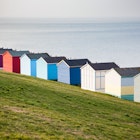
Apr 23, 2025 • 7 min read
Kent’s gentle hills and crystalline coast welcome travelers looking for oysters and breweries, cliffs and cathedrals, and more in this corner of England.

Apr 23, 2025 • 7 min read
Oregon's coastline is packed with charming towns, incredible state parks and mouthwatering seafood. Plan your trip now with our insider's guide.

Apr 23, 2025 • 5 min read
New York City is filled with galleries and museums that reflect its status as a hub of culture and artistic expression. These are our top 11.

Apr 23, 2025 • 7 min read
Explore UNESCO-listed cobblestone streets and historic landmarks that reflect Azerbaijan’s ancient past and rich cultural heritage with our guide to Baku.
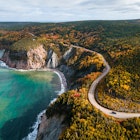
Apr 23, 2025 • 8 min read
Canadian road trips promise massive glaciers, spectacular fauna, raw coastline and uncompromising wilderness you'll find only in northern climes.
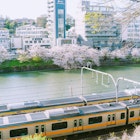
Apr 23, 2025 • 12 min read
We’ve pooled together our most reliable travel hacks, ranging from the perfect long-haul flight formula to how many packing cubes you actually need.
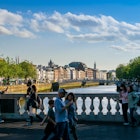
Apr 23, 2025 • 9 min read
Ireland's capital offers you traditional pubs, historical sites and magnificent museums. Here are 12 ways for you to make the most of your trip to Dublin.

Apr 23, 2025 • 4 min read
Explore some of the lesser-known design marvels that are Europe’s legendary libraries.

Apr 23, 2025 • 9 min read
There are 47 prefectures in Japan, but – in my humble opinion – Nagano is simply the best of the best. Here's our guide for first-time visitors.

Apr 23, 2025 • 9 min read
From Caspian coastlines to mountain villages, this week-long Azerbaijan itinerary takes in ancient culture, warm hospitality and stunning landscapes.

Apr 23, 2025 • 10 min read
Honolulu is Hawaii's largest city, packed with culture, fine-dining options and enough shopping to keep you busy for an entire vacation.

Apr 23, 2025 • 7 min read
Throw together an Iberian soundtrack, and you're ready to hit the open road in Portugal. Here are our top Portuguese road trips, from the hills to the coast.
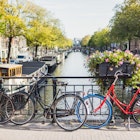
Apr 22, 2025 • 8 min read
While Amsterdam may be one of Europe's most expensive destinations, it's also one of its most beloved. Stick to a budget and don't miss a thing.

Apr 22, 2025 • 4 min read
Yosemite dazzles with its natural good looks, and its four seasons each offer something special. Here's when to go.

Apr 22, 2025 • 6 min read
As soon as you arrive on the Amalfi Coast, someone will ask: “Have you done the Path of the Gods?” Here's how to make it happen.

Apr 22, 2025 • 8 min read
Explore Mexico's ancient and more recent history on foot and by rail.

Apr 22, 2025 • 8 min read
Venice is a city of neighborhoods tucked into nooks of their own, offering distinct opportunities to explore and enjoy.

Apr 22, 2025 • 12 min read
Our local gives an historical overview of tourism in Florence, plus top tips on how to visit without contributing to notion of "overtourism".

Apr 22, 2025 • 7 min read
The dormant volcano, Haleakalā dominates the eastern horizon of Maui and hosts an unforgettable sunrise. But that isn't the only bit of magic in the park.

Apr 22, 2025 • 7 min read
If you dislike sweating in the sun and long for cool breezes, a “coolcation” may be for you. Here are 12 summer destinations where you can beat the heat.